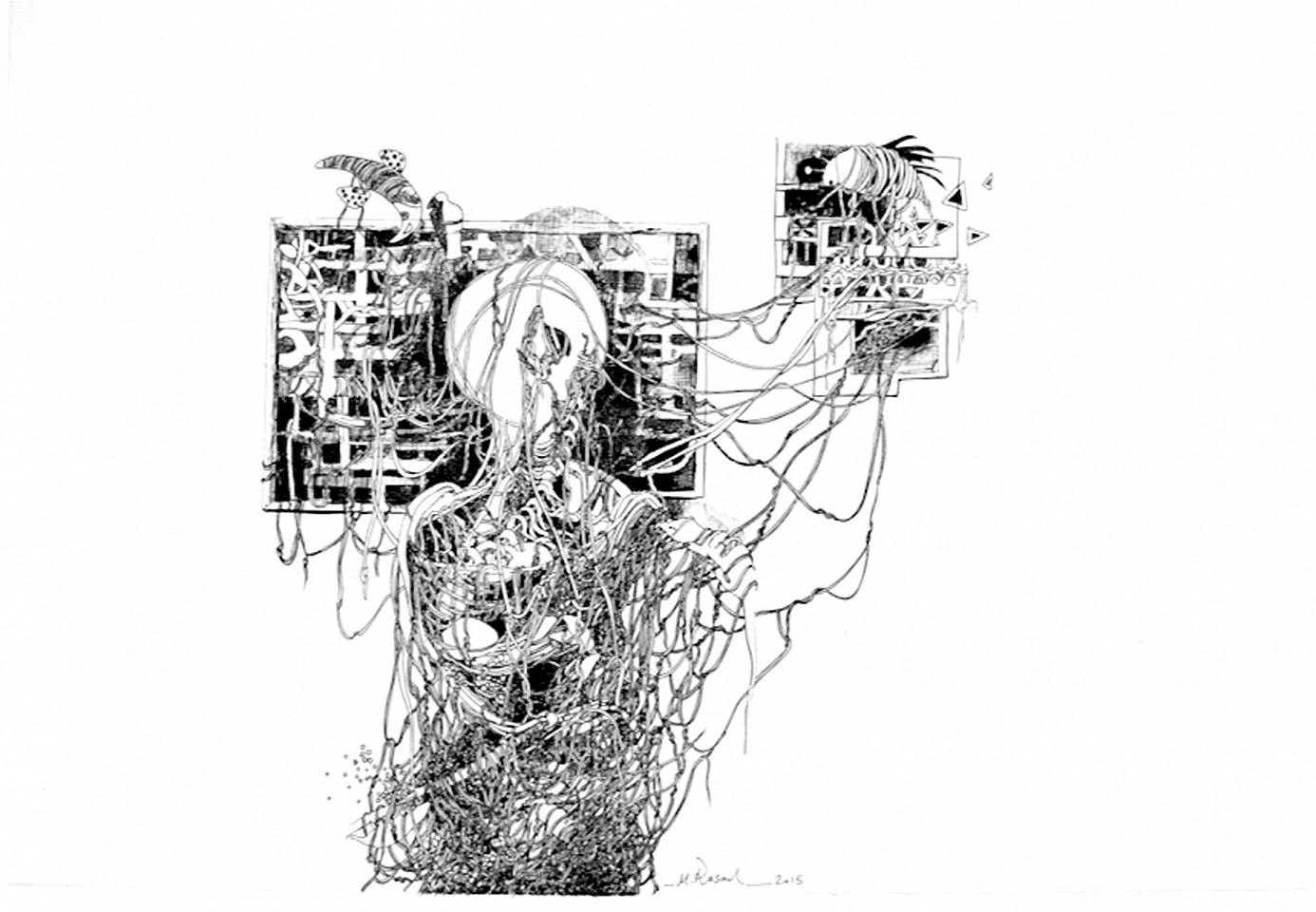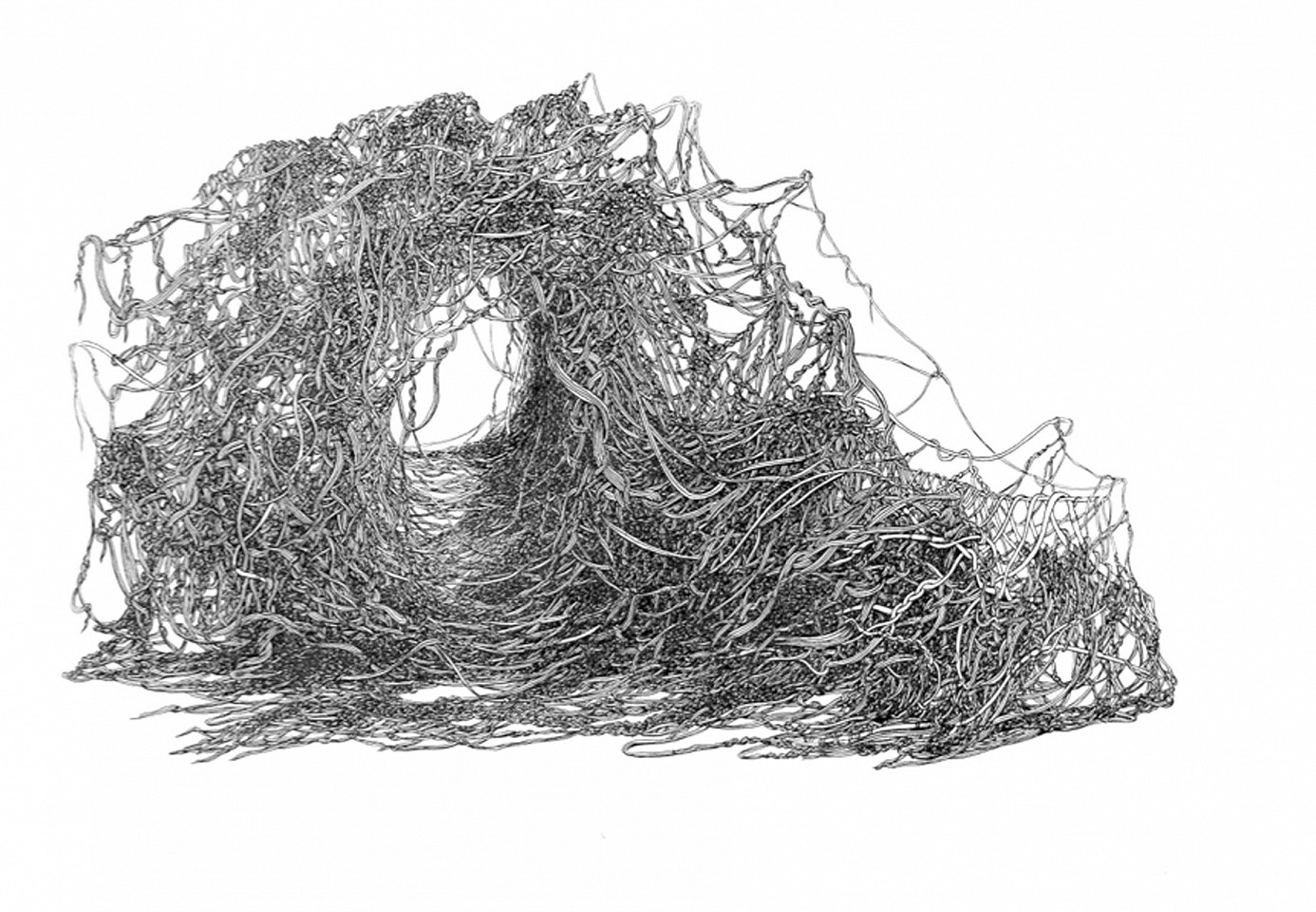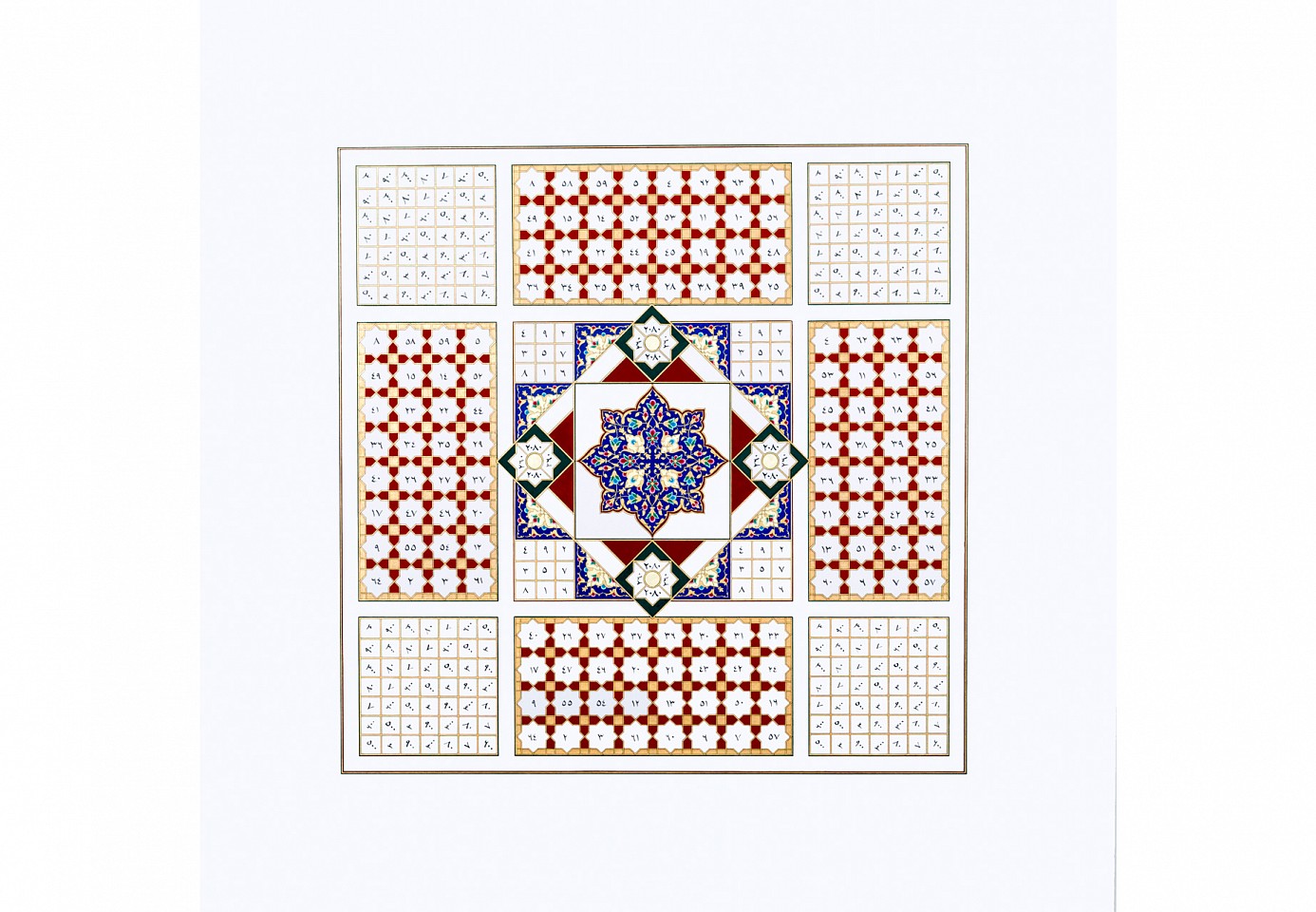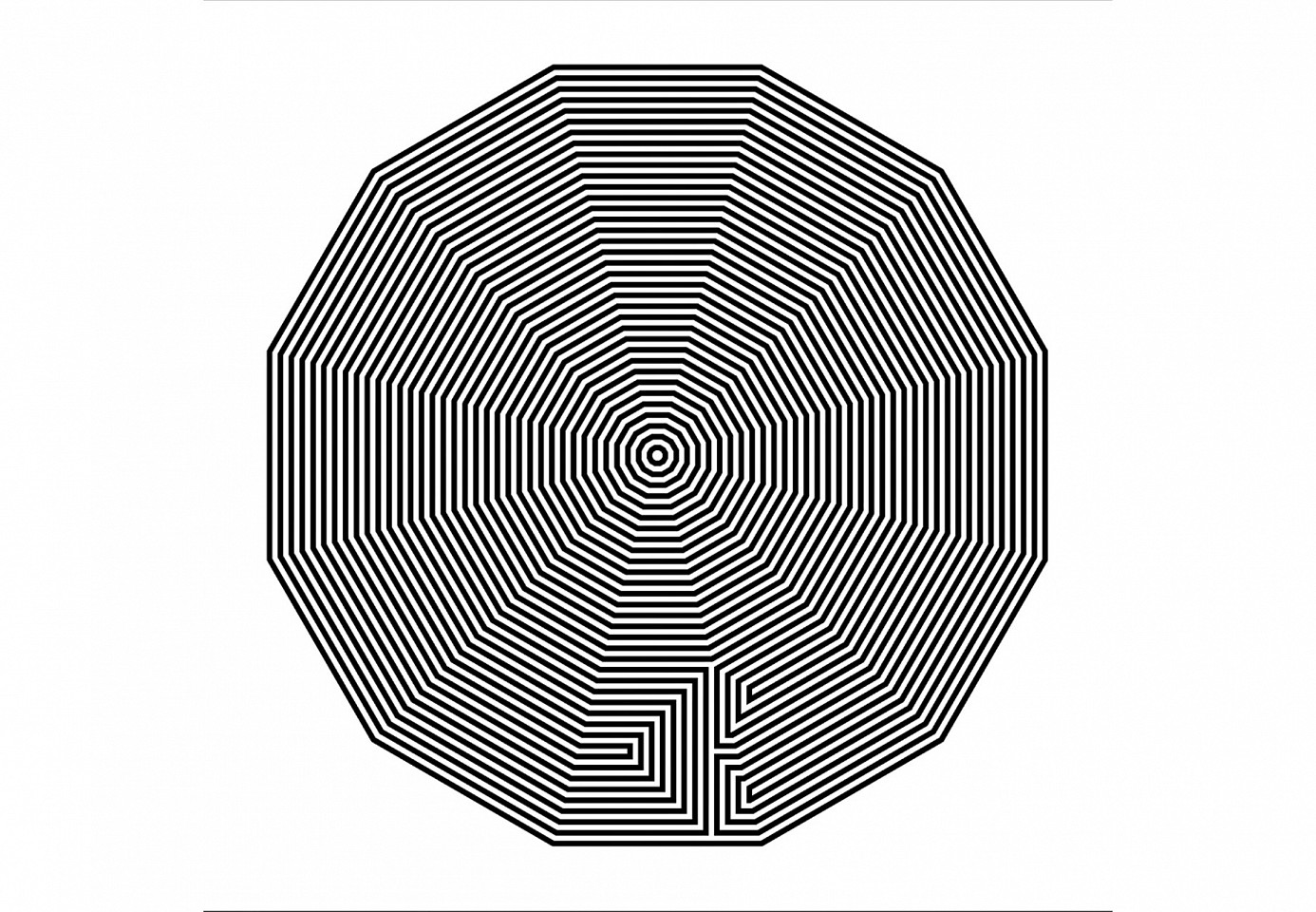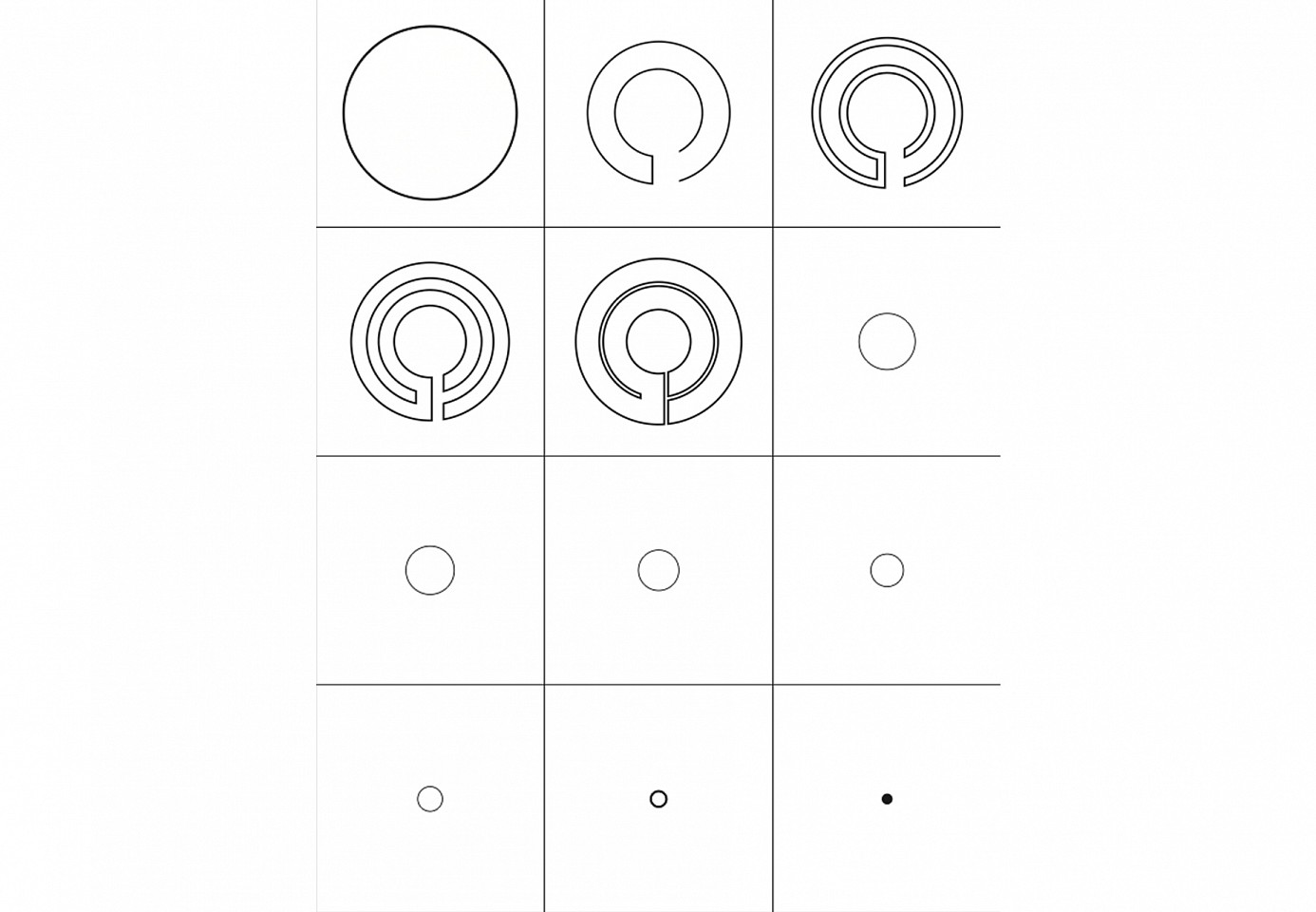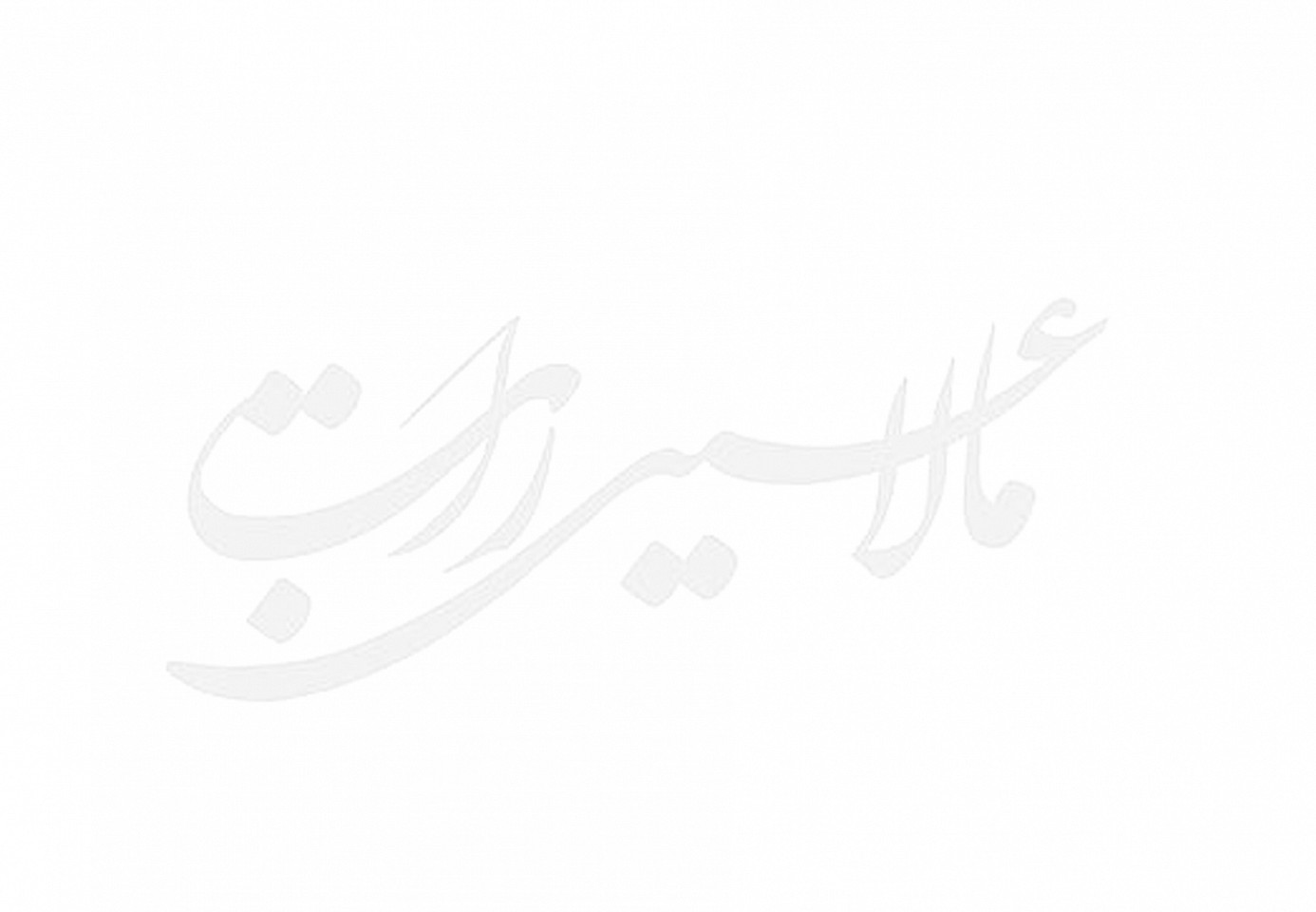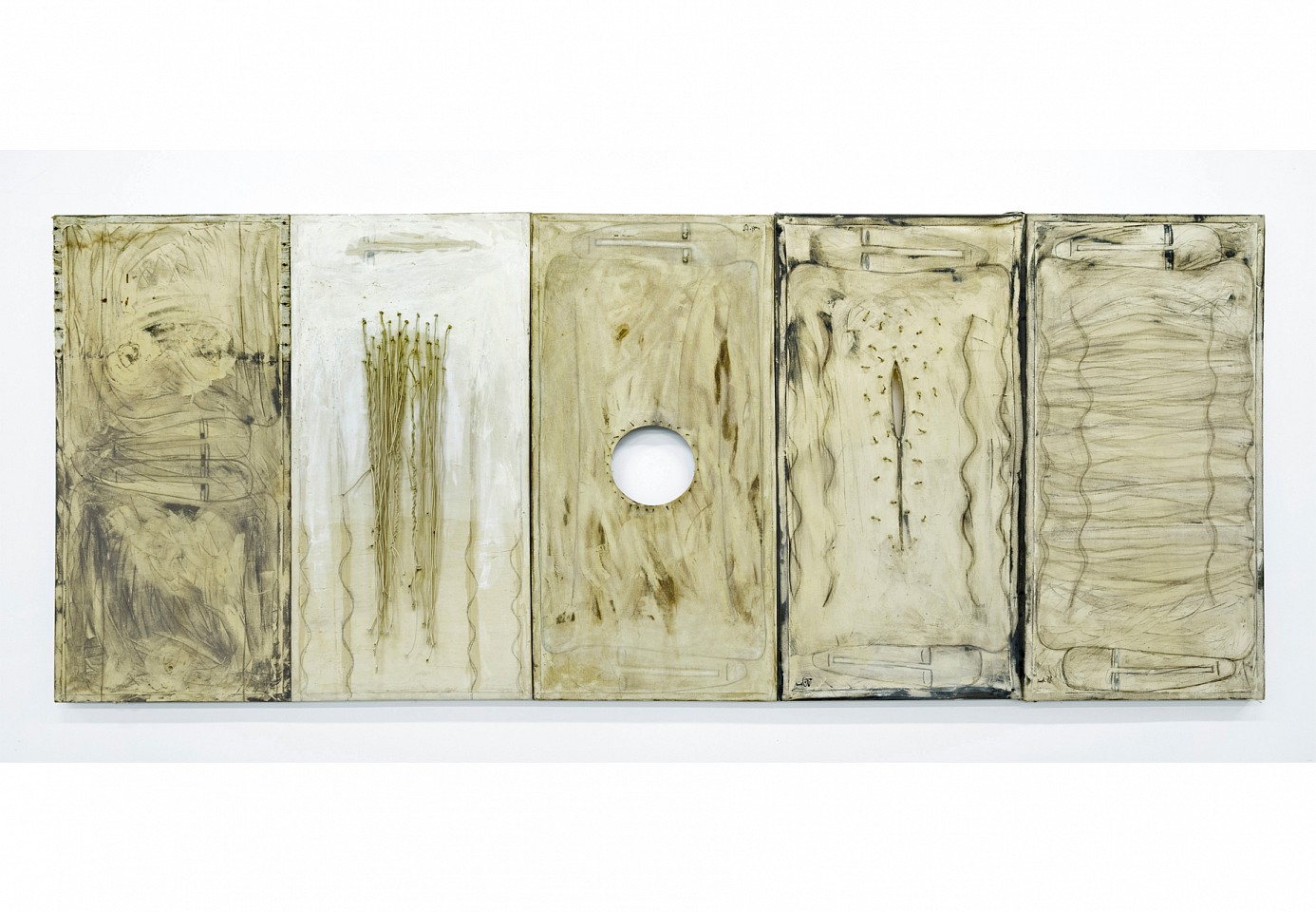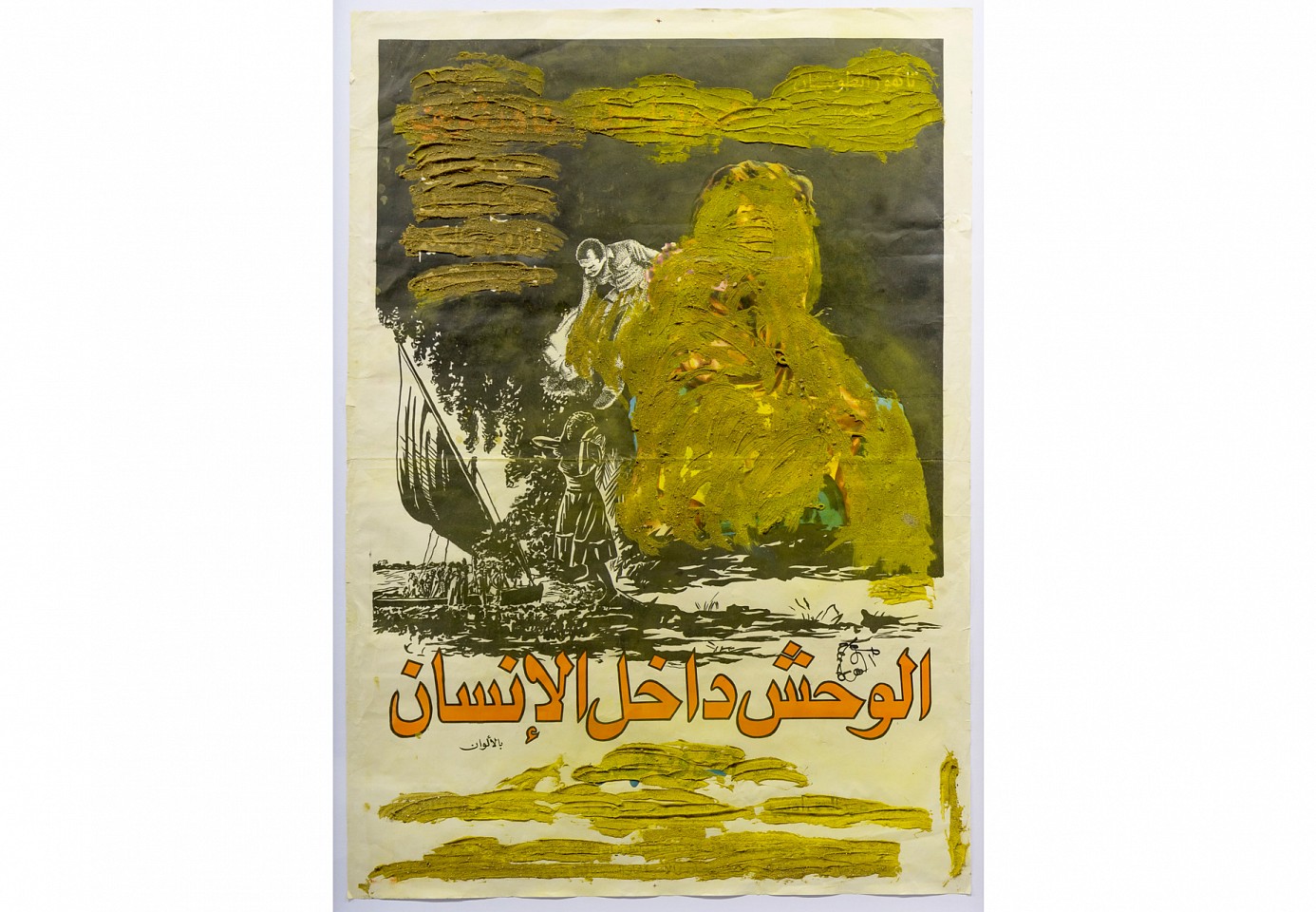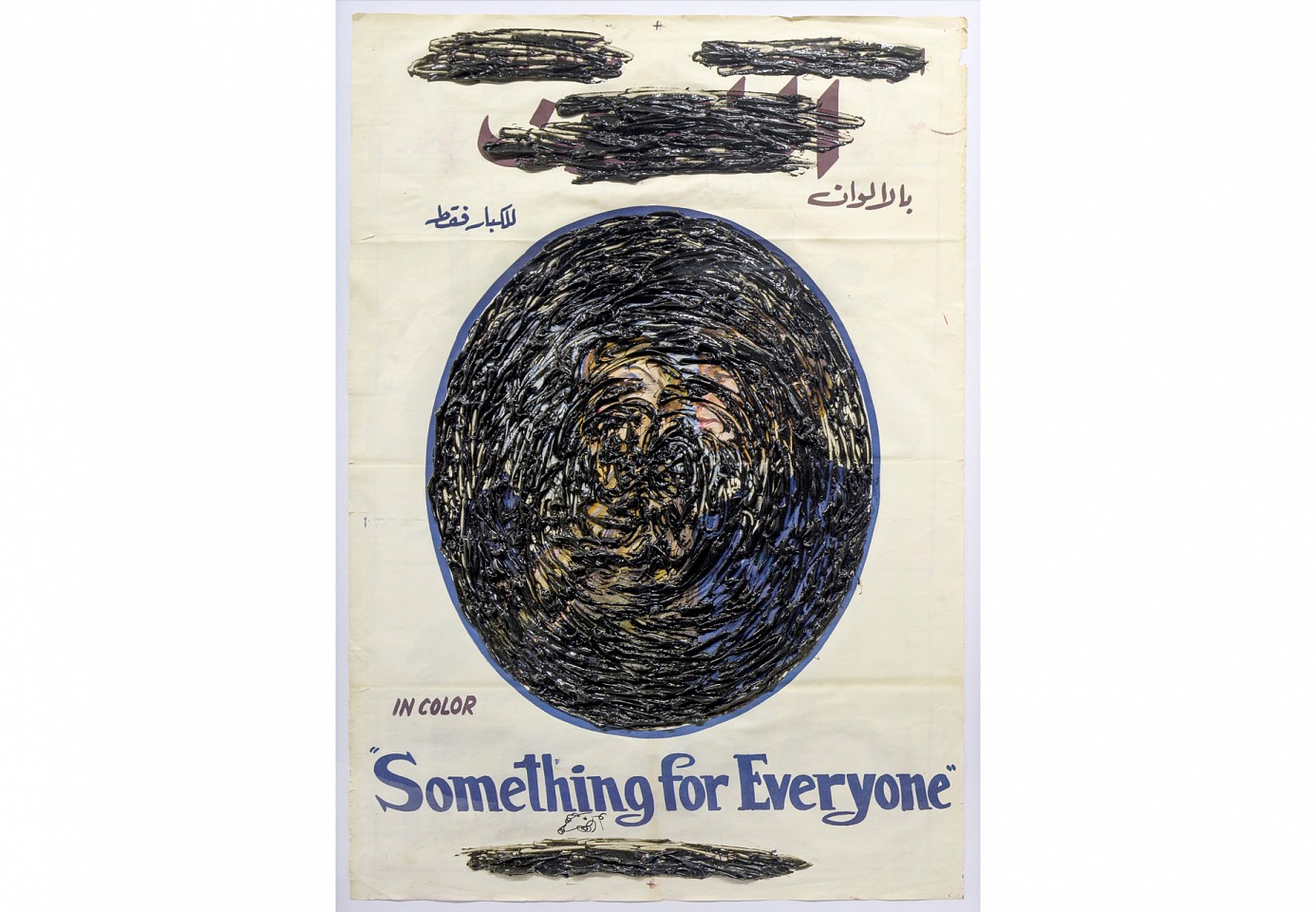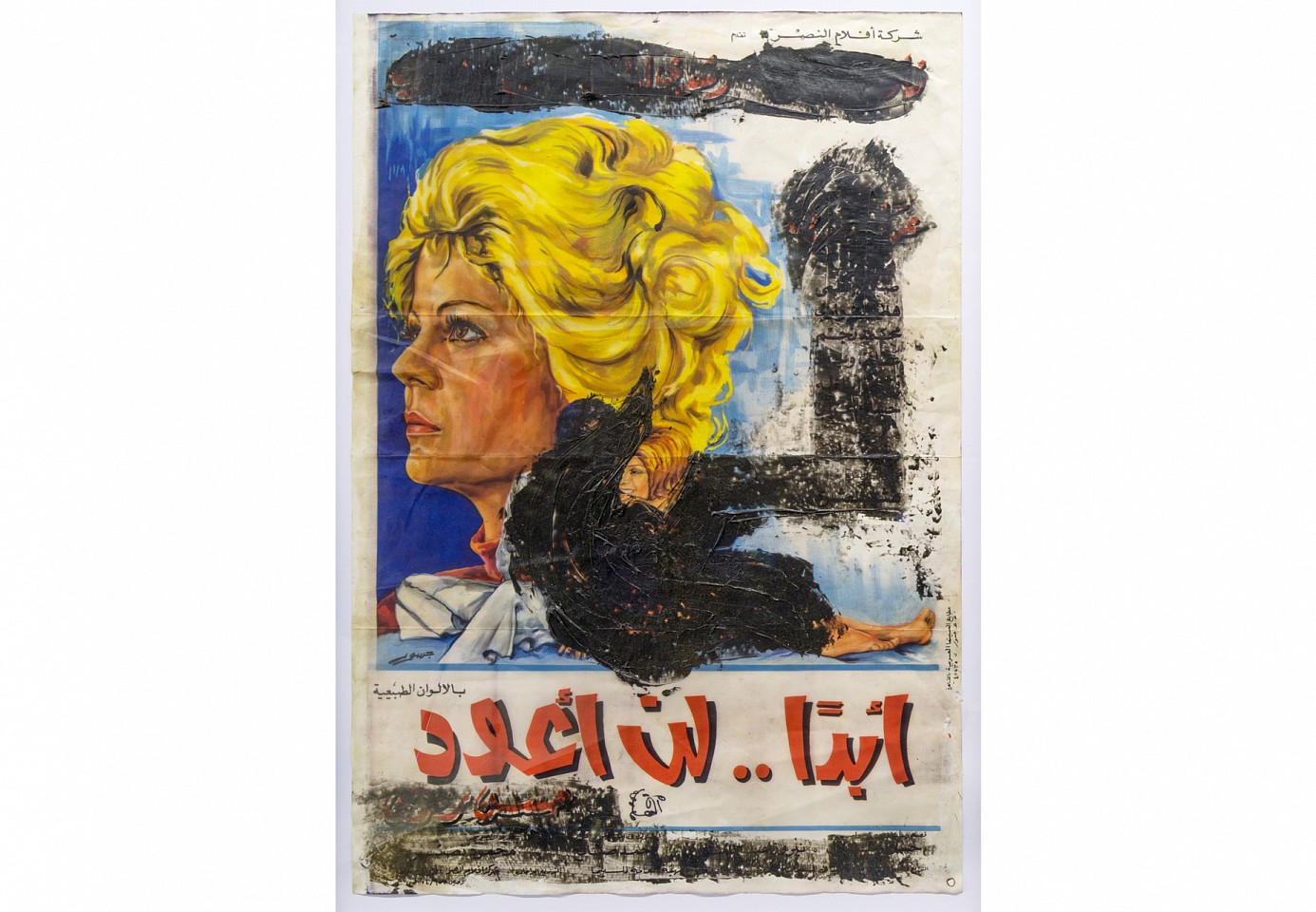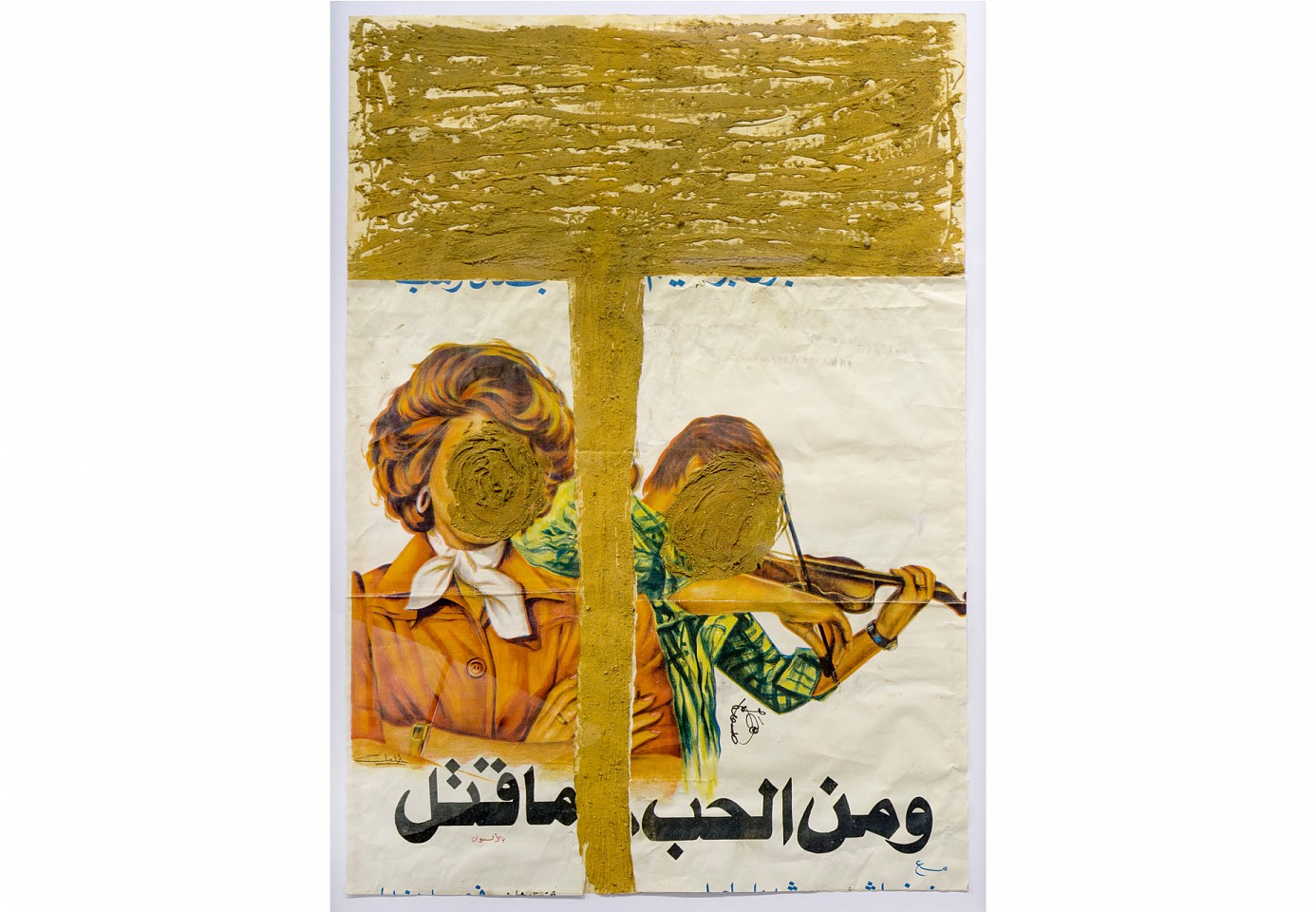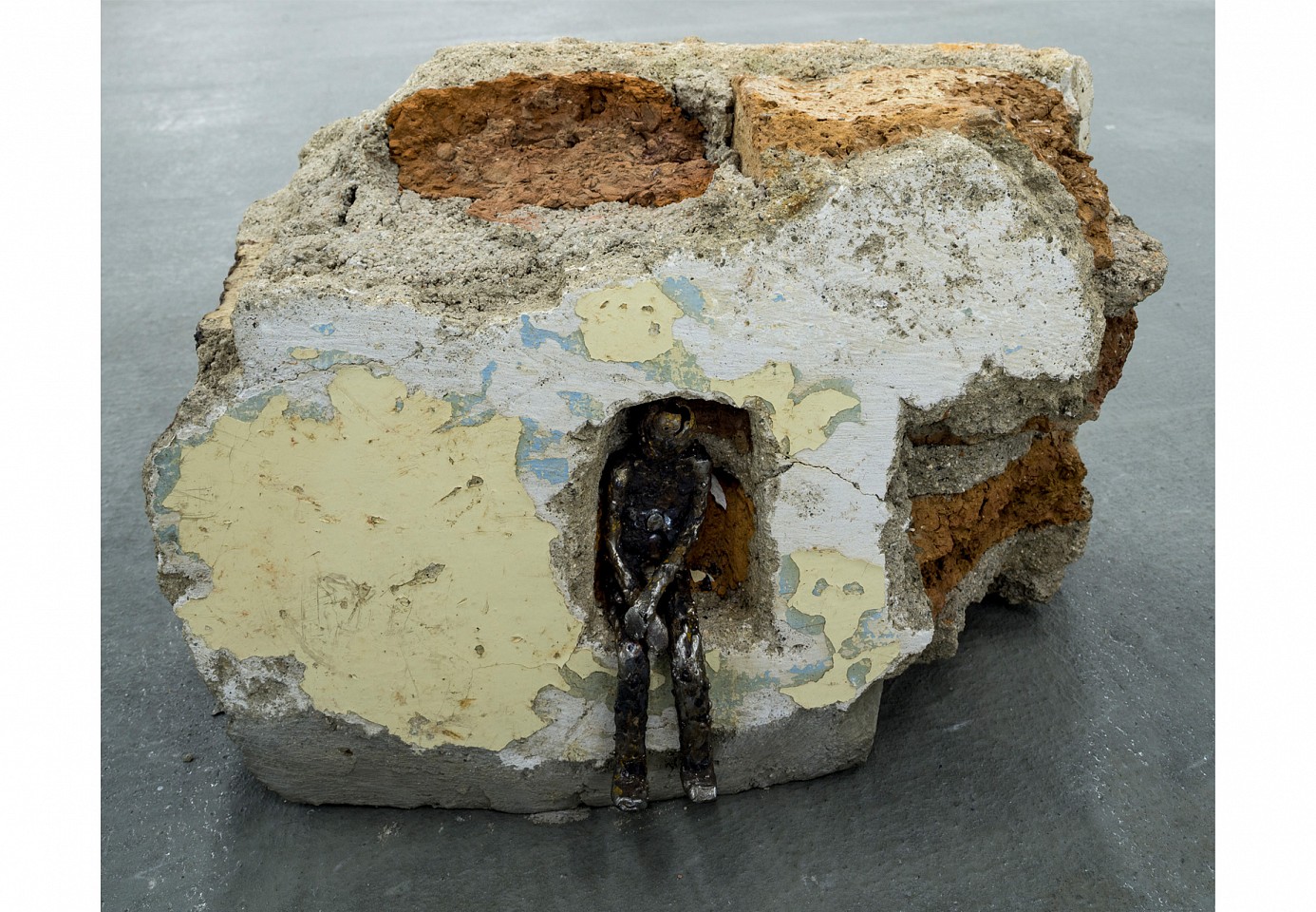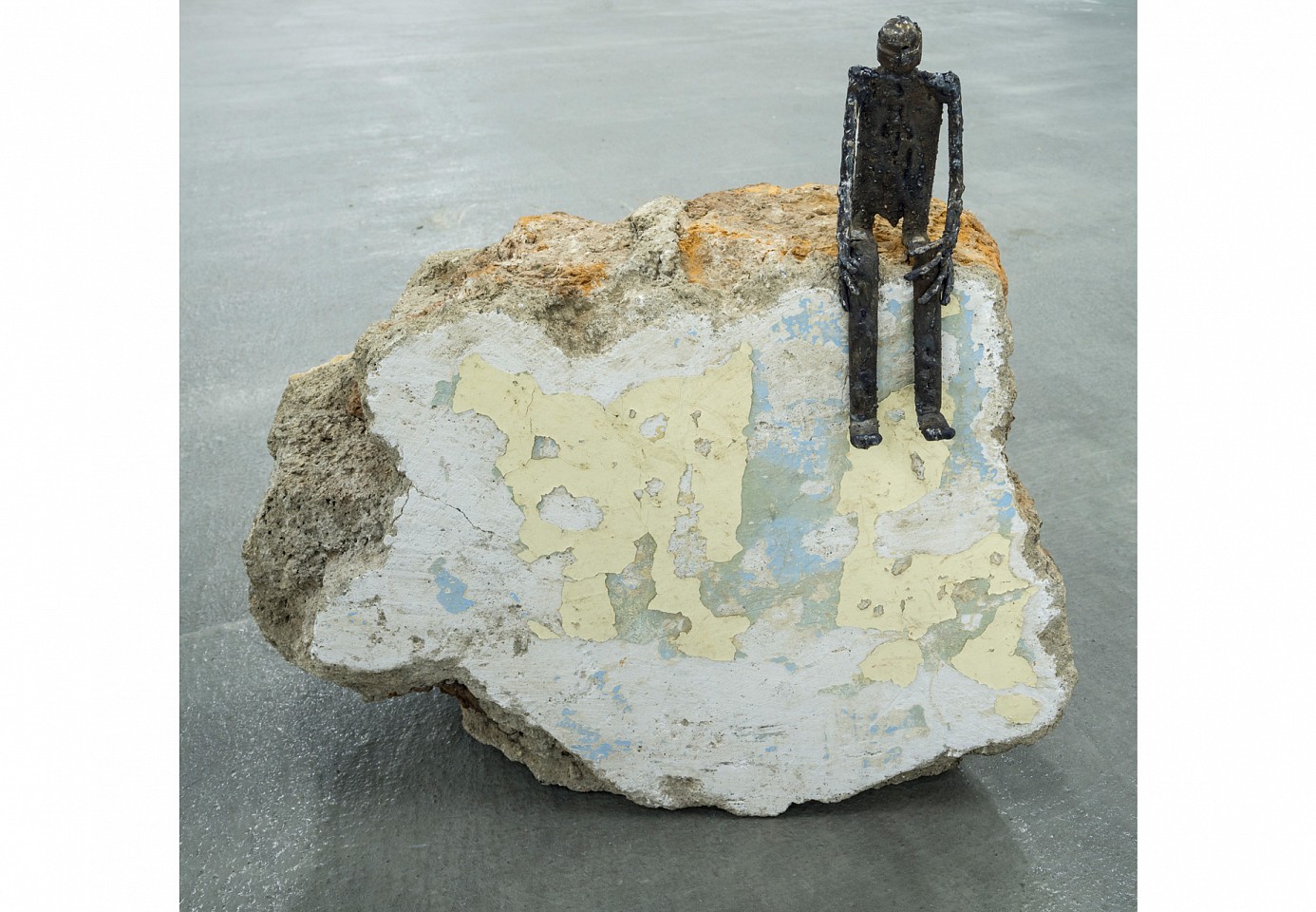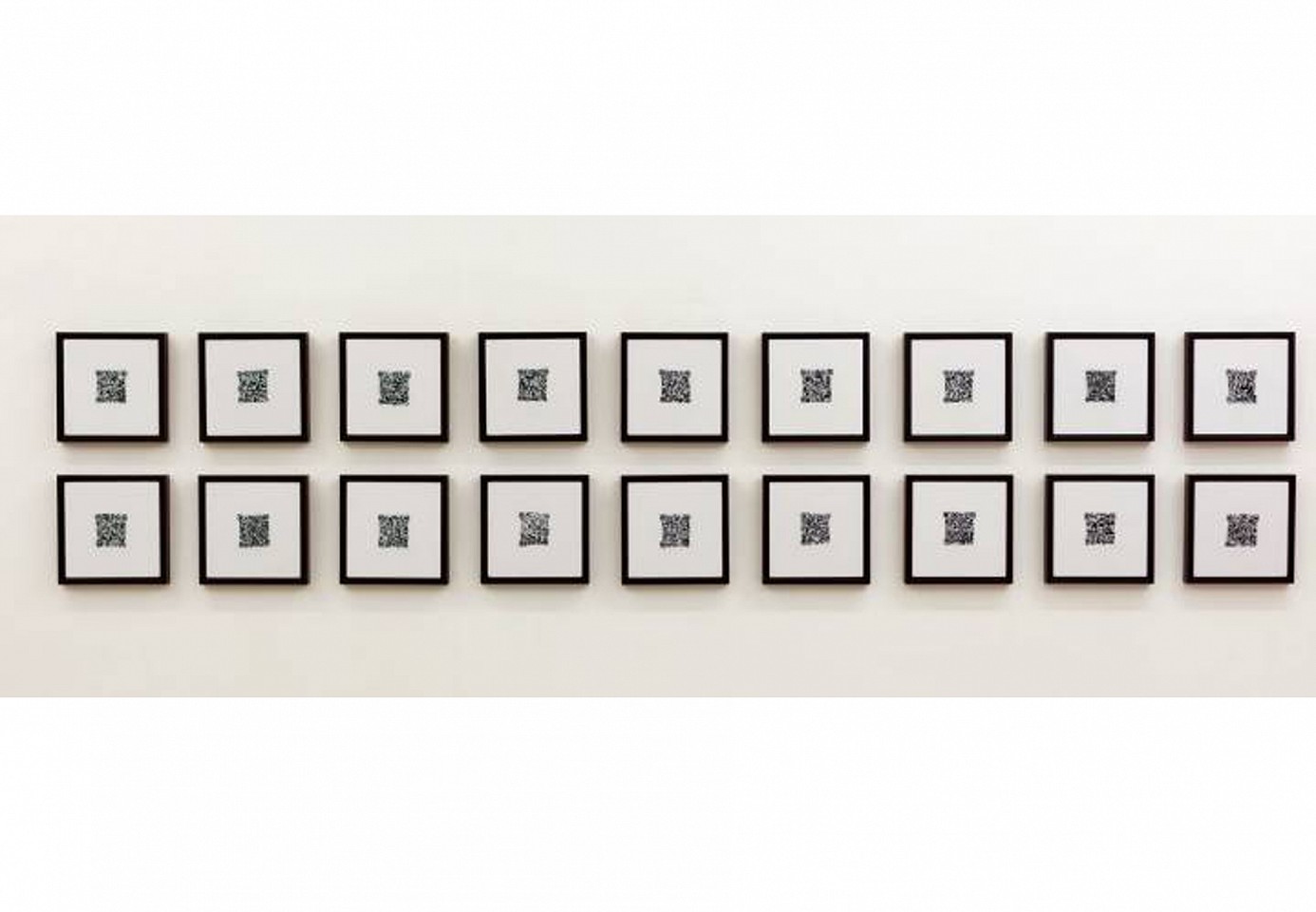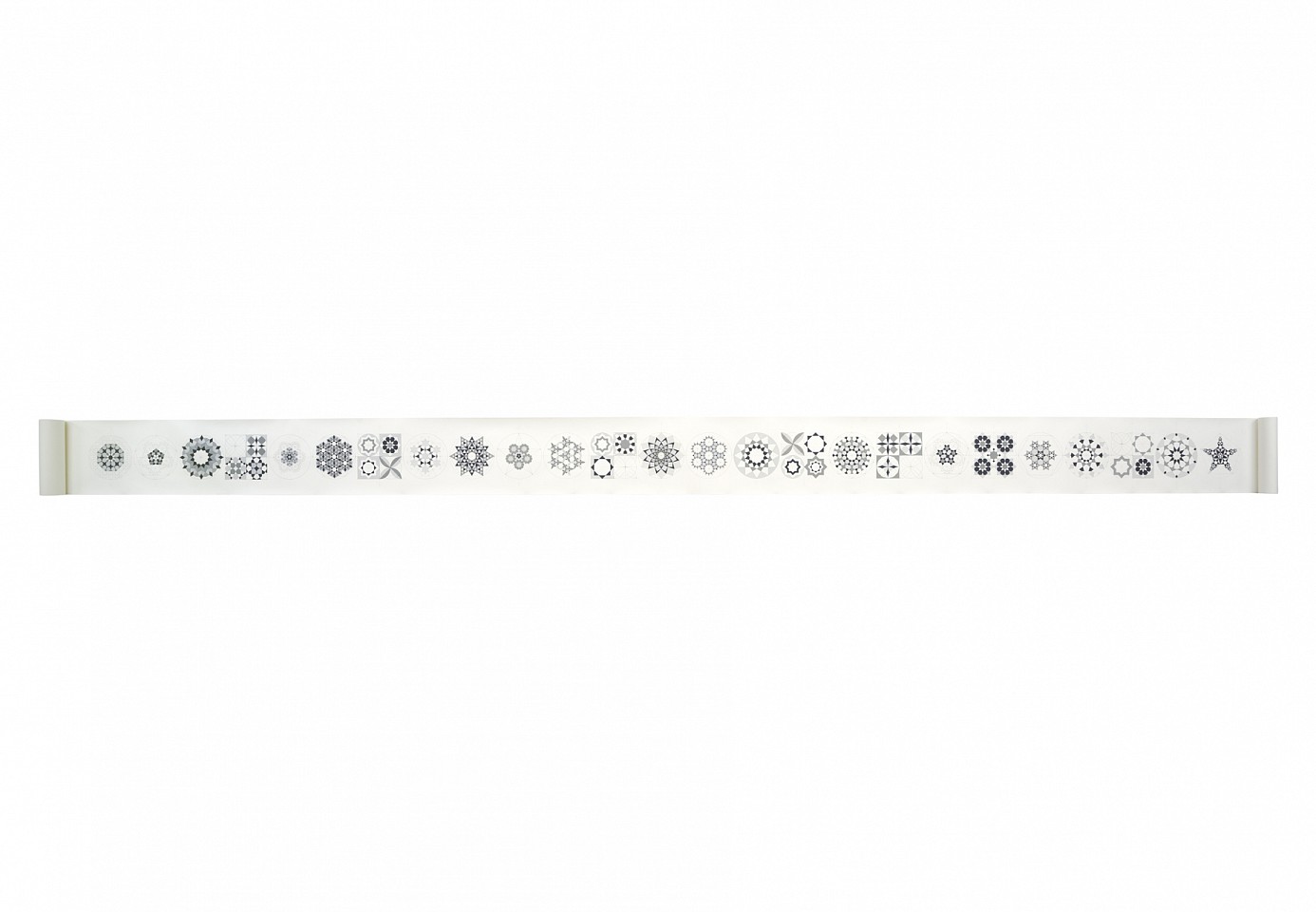Mohamed AbdelRasoul
Abandoned Home, 2014
Pen on Paper
41 x 60 cm (16 1/8 x 23 9/16 in.)
MAR0005
Mohamed AbdelRasoul
Standing Corpse, 2014
Pen on Paper
60 x 41 cm (23 9/16 x 16 1/8 in.)
MAR0013
Mohamed AbdelRasoul
Tunnel, 2014
Pen on Paper
45 x 33 cm (17 11/16 x 12 15/16 in.)
MAR0012
Dana Awartani
Mercury from the Heavenly Bodies series, 2015
Shell gold, natural pigment and ink on paper
59 x 59 cm (23 3/16 x 23 3/16 in.)
DAN0081
Nasser Al Salem
Kul V, 2016
Print on acid free paper, faced with diasec
53 x 102 cm (20 13/16 x 40 1/8 in.)
NAS0278
Nasser Al Salem
Kul Progression I, 2016
Silkscreen on paper
20 x 20 cm (7 13/16 x 7 13/16 in.)
NAS0281
Nasser Al Salem
What No Eye Has Seen, 2015
Silkscreen on paper
53 x 102 cm (20 13/16 x 40 1/8 in.)
NAS0280
Ayman Yossri Daydban
Divorce II, 2006
Mixed Media on Canvas
122 x 60 cm (48 x 23 9/16 in.)
AYD0571
Ayman Yossri Daydban
The Inner Beast from My Father Over The Tree series, 2016
Silicone on vintage poster
100 x 70 cm (39 5/16 x 27 1/2 in.)
AYD0574
Ayman Yossri Daydban
Something For Everyone from My Father Over The Tree series, 2016
Silicone on vintage poster
100 x 70 cm (39 5/16 x 27 1/2 in.)
AYD0573
Ayman Yossri Daydban
I Will Never Return from My Father Over The Tree series, 2016
Silicone on vintage poster
100 x 70 cm (39 5/16 x 27 1/2 in.)
AYD0572
Ayman Yossri Daydban
Love Kills from My Father Over The Tree series, 2016
Silicone on vintage poster
100 x 70 cm (39 5/16 x 27 1/2 in.)
AYD0575
Saddek Wasil
Red Brick I, 2016
Red brick, Metal
50 x 49 x 18 cm (19 5/8 x 19 1/4 x 7 1/16 in.)
SAW0156
Saddek Wasil
Red Brick II, 2016
Red brick, Metal
50 x 49 x 18 cm (19 5/8 x 19 1/4 x 7 1/16 in.)
SAW0157
Aya Haidar
Declaration, 2013
Embroidery on Egyptian cotton
23 x 23 cm (9 x 9 in.)
Edition of 3
AYH0010
Dana Awartani
Scroll of The Prophets from the Abjad series, 2015
Gouache and ink on paper
42 x 681 cm (16 1/2 x 268 1/16 in.)
DAN0075
















The Heavenly Bodies series combine Awartani’s research into both talismans and Enchanted squares, in particular an investigation into how they were created, used and their spiritual significance. Each of the central squares (from 3 to 9 squared) are affiliated with one of the seven classical planets, a day in the week and an angel – they were also once regarded as a form of protection as well as a source of higher spiritual knowledge through numerology. These works, created using traditional methods and pigments, are structured based on the first square, which sits at the top right of the work and holds the code to deciphering which planet has been illustrated.
Where once these coded paintings might have been used as designs for weavings on clothes, here they work as illuminations, with each of the seven works exploring form, pattern, numerology and mysticism, functioning almost as a manifestation of the artist’s explorations into the threads of divination in ancient Islam. By bringing these early practices into a contemporary and increasingly globalized context triggers questions surrounding the possible reversion to more instinctive rituals along with possible reinterpretations of the Qu’ran.
The direct translation of Kul is ‘all’ or ‘everything’. However, the connotation of the word Kul in the Arabic language is so much more complex in its all-encompassing meaning and implication of infinity. This meaning is compounded by the artist’s technique of calligraphically depicting the word Kul repeatedly, so that it resembles an endless ripple effect.
The impression of never-ending repetition is not merely a reflection of God’s abundance on Earth, but an indication to look both further, and deeper, to penetrate the mere appearance and surface of things, to discover the hidden messages that all aesthetic creation hold.
Once, we thought the atom was the smallest particle, before we discovered that it was made of numerous smaller ones, as we once thought that the extent of our universe was the Milky Way Galaxy, before we discovered that there were hundreds of billions more galaxies out there. As God’s creation is infinite, and while we can say or write the word ‘infinite’ easily, it is impossible to imagine as it extends far beyond the human brain’s capacity for comprehension. Therefore, if one thinks of Kul too deeply or for too long, they might realize that it doesn’t exist; there is no ‘all’ or ‘everything’.
The artist created the work during a period of his life in which he had experienced the trials and tribulations of separation, and there after divorce. Exploring his emotional state with a series of work that depict the anxiety, frustration and confusion he had experienced during this time.
Taking every one of the 18 countries across the MENA region’s declaration of independence, the artist have decoded and recoded them into their own individual and respective digital QR code, which she have in turn embroidered onto panels of Egyptian cotton. Declarations of independence are proclamations that a given state and it’s nation are officially sovereign and ‘free’. The official dates are interesting when thinking about changes pre and post that mark, and whether any of them are indeed significant. What does it mean to truly be independent? Are any of these nations any more independent now than they were before such declarations? The fact that they were granted independence and not taken it themselves reflects masked power dynamics that have never truly dissolved.
The decoding and recoding of language is of particular interest. In today’s world, digital media has shaped not only our current state by democratizing and empowering from the bottom up, but it has also rewritten our language as means of communication. Each embroidered panel represents a declaration of independence respective to each country, translated into its own individual QR code. As each panel is hand embroidered, the lines, colour and textures are not as sharp and uniform as if it were digital, consequently making it impossible to successfully scan and read. Ironically, when brought back to the original means of communication, through the hand stitch, something gets lost in translation and new age media becomes redundant. By extension, the declarations become redundant, not only a physical level, but also on a conceptual one where their significance remains void in today’s world.
The Scroll of The Prophets, Awartani takes the names of all 25 prophets mentioned in the Qu’ran and translates them back to their numerical value using the Abjadia. She then constructs a geometric pattern for each prophet, layering the circles, squares, stars, triangles and hexagonal forms, placing one character (or individual) next to the other in a long scroll. Awartani uses these systems to allow physical manifestations of the prophets in an attempt to transcend the limitations placed on representational forms in Islam, bringing to the fore questions of idol worship.
In this system, each letter in the Arabic alphabet is given a numerical value, giving each name its own unique sum.
PARTICIPATING ARTISTS:
Aya Haider
Ayman Yossri Daydban
Dana Awartani
Danaia Al Saleh
Hazem Harb
Jowhara Al Saud
Mohammed Abdelrasoul
Nasser Al Salem
Poklong Anading
Saeedk Wasil
Sara Abdu
Seckin Pirim
Zahra Al Ghamdi
PRESENTING AT AL SERKAL AVENUE:
Zahrah Al Ghamdi


